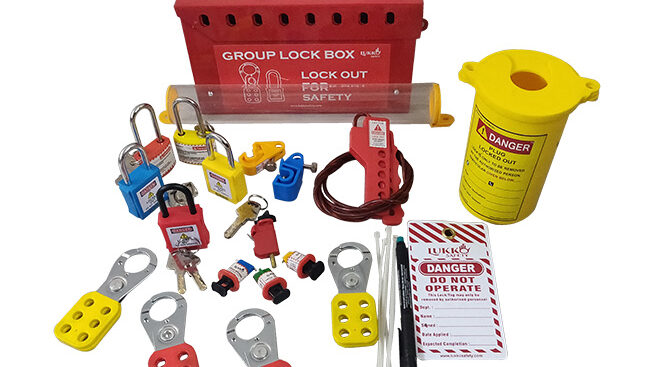Lockout tagout procedures are critical for ensuring workplace safety. Lockout tagout refers to the practice of locking and tagging energy sources, such as electrical, hydraulic, mechanical, and thermal sources, to prevent them from being turned on while workers are performing maintenance, repairs, or other tasks. Failure to properly implement lockout tagout procedures can result in serious injuries or fatalities.
In this blog post, we will discuss the importance of lockout tagout procedures for workplace safety and the potential consequences of not implementing them.
1. Prevents Accidents
The primary purpose of lockout tagout procedures is to prevent accidents in the workplace. When energy sources are not properly locked and tagged, workers can be exposed to dangerous machinery and equipment. Even the smallest mistake can result in a catastrophic accident. Lockout tagout procedures ensure that energy sources are isolated and that workers are protected from potential hazards.
2. Complies with Regulations
OSHA, or the Occupational Safety and Health Administration, has strict regulations in place regarding lockout tagout procedures. Failure to comply with these regulations can result in penalties, fines, and legal action. Employers are responsible for ensuring that their employees are trained on lockout tagout procedures and that they are properly implemented in the workplace.
3. Increases Efficiency
Implementing lockout tagout procedures can actually increase efficiency in the workplace. By shutting down energy sources during maintenance or repairs, workers can work more efficiently without the fear of accidents or injuries. Additionally, properly implemented lockout tagout procedures can help prevent downtime due to accidents or equipment damage.
4. Saves Money
Accidents in the workplace can be costly. Workers’ compensation claims, medical bills, and equipment repair or replacement costs can add up quickly. By implementing lockout tagout procedures, employers can prevent accidents and save money in the long run.
5. Protects Workers
The safety of workers should always be a top priority for employers. Implementing lockout tagout procedures helps protect workers from dangerous energy sources and potential hazards in the workplace. By following lockout tagout procedures, employers can demonstrate their commitment to workplace safety.
In conclusion, lockout tagout procedures are critical for workplace safety. They prevent accidents, comply with regulations, increase efficiency, save money, and protect workers. Employers must ensure that their employees are properly trained on lockout tagout procedures and that they are implemented in the workplace. By doing so, they can help prevent accidents and ensure a safe working environment for their employees.
For more details contact us – lukkosafety

